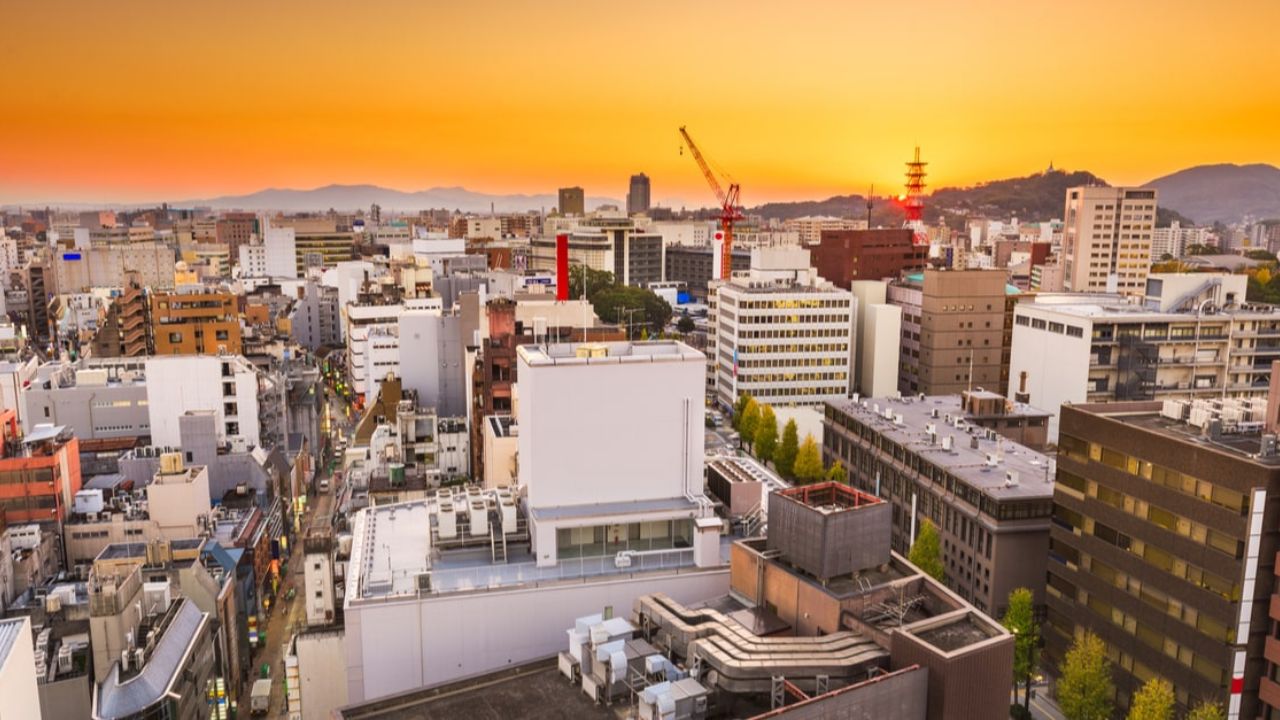The 2016 Kumamoto earthquakes devastated the region, causing widespread destruction and impacting countless lives. While years have passed, recovery is an ongoing process. This article highlights the continued efforts to rebuild Kumamoto and encourages your support through donations.

Your donations help Peace Winds provide long-term recovery aid in Japan. You can donate from abroad.
Peace Winds is a non-profit organization that supports disaster relief and recovery in Japan and abroad.Your donations will allow them to provide immediate relief when disasters strike and to maintain long-term recovery programs as communities rebuild.Check out Peace Winds’ website to learn about current programs that are helping communities in need.

*Gooddo is partnering with Peace Winds, a nonprofit organization that supports disaster relief and recovery in Japan and abroad.
The 2016 Kumamoto Earthquakes: A Look Back

In 2016, Kumamoto Prefecture was struck by powerful earthquakes. The disaster caused widespread damage, impacting homes, infrastructure, and displacing many residents.
The Long Road to Recovery: Current Status and Challenges

Rebuilding Kumamoto is a long-term endeavor. Reconstruction projects are underway, including the restoration of Kumamoto Castle, which sustained significant damage. Efforts also focus on repairing vital infrastructure and providing support for those who lost their homes. The recovery plan encompasses various initiatives, from rebuilding communities and restoring essential services to revitalizing the local economy. The prefecture’s plan prioritizes minimizing hardship, building a better future, and fostering further development in the region.
This plan targets rebuilding lives, restoring infrastructure, reviving local industries, and improving transportation. Support is also provided for community development within temporary housing areas and land readjustment projects.
The 2019 Earthquake: A Setback and a Reminder
In January 2019, another earthquake struck Kumamoto, registering a maximum intensity of 6-lower on the Japanese seismic scale. The earthquake caused minimal damage, with only one minor injury reported and no significant building damage.
The Japan Meteorological Agency clarified that the 2019 earthquake was a separate seismic event and not an aftershock of the 2016 earthquakes. The epicenters of the two events are approximately 20 kilometers apart, and the 2016 earthquake’s aftershock activity had largely subsided by 2019.
The 2019 earthquake did not cause significant disruptions to water, gas, or electricity services. The Kyushu Shinkansen and Kumamoto Airport resumed operations quickly, and the Kyushu Expressway, which was temporarily closed for inspections, reopened the following day.
Kumamoto’s Resilience and the Future

The people of Kumamoto have demonstrated remarkable resilience in the face of these challenges. Their determination to rebuild is inspiring. With continued support, Kumamoto can recover and thrive.
Conclusion
The recovery journey is ongoing, and every contribution makes a difference. Please donate today to support Kumamoto earthquake recovery and Kumamoto’s future.

Your donations help Peace Winds provide long-term recovery aid in Japan. You can donate from abroad.
Peace Winds is a non-profit organization that supports disaster relief and recovery in Japan and abroad.Your donations will allow them to provide immediate relief when disasters strike and to maintain long-term recovery programs as communities rebuild.Check out Peace Winds’ website to learn about current programs that are helping communities in need.

*Gooddo is partnering with Peace Winds, a nonprofit organization that supports disaster relief and recovery in Japan and abroad.

